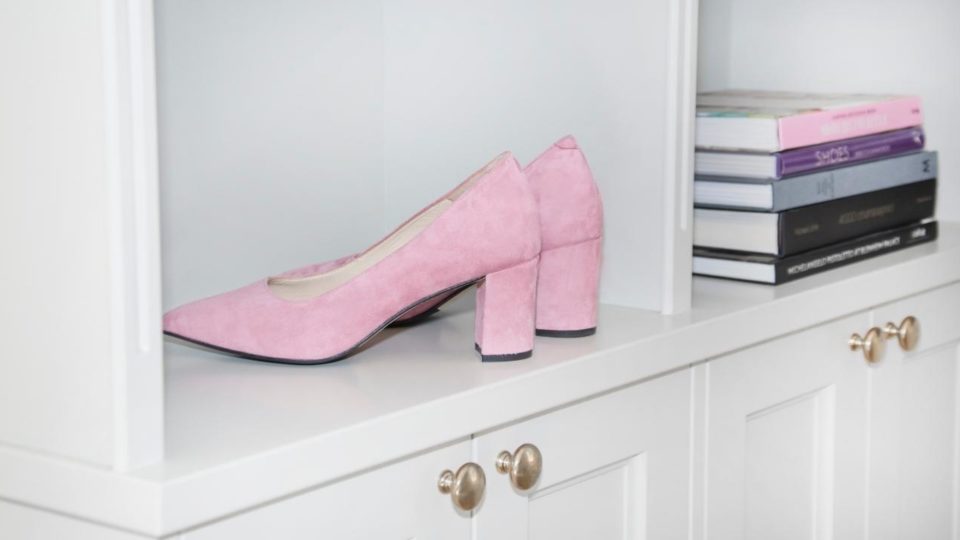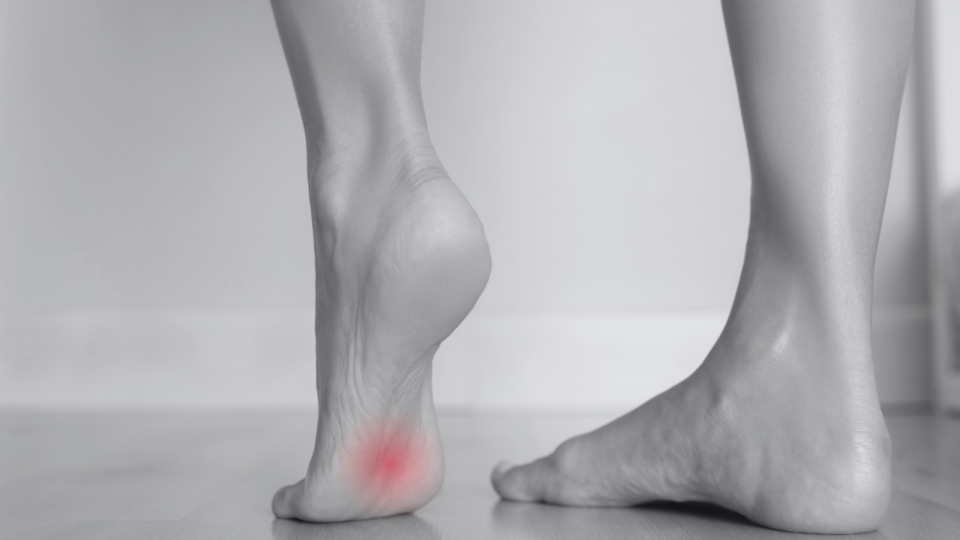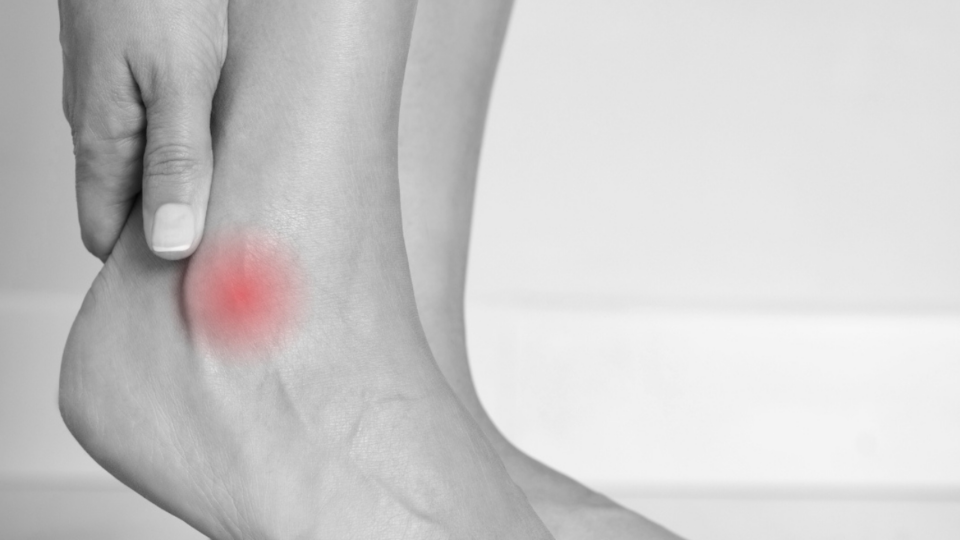What should you keep in mind when you buy a new pair of shoes and how do you find the correct shoe size? We guide you and give some practical tips on what is important to think about when it comes to footwear and feet measurements.

Most people have different ideas about how a pair of shoes should sit on their feet. Some prefer tight-fitting shoes, others appreciate extra space. Not everyone knows how to measure their feet correctly. The length of feet can vary, it is not uncommon for one foot to be longer than the other. Many people have medical problems or previous injuries that also affect the choice of shoe sizes. So, what do you as a consumer do?
What is a shoe size?
As a rule, a shoe size means the length of the last of a shoe, measured from heel to toe. Understanding your shoe size can be challenging. Not only do different countries use their own units of measurement, many manufacturers have their own perceptions of shoes last dimensions. Also, you need to know how to measure your feet, especially if you are buying a pair of shoes online. Many times a shoe size, or rather a fit, is a matter of taste.
There is more to a well-fitting shoe than a correct length of the shoe last.

